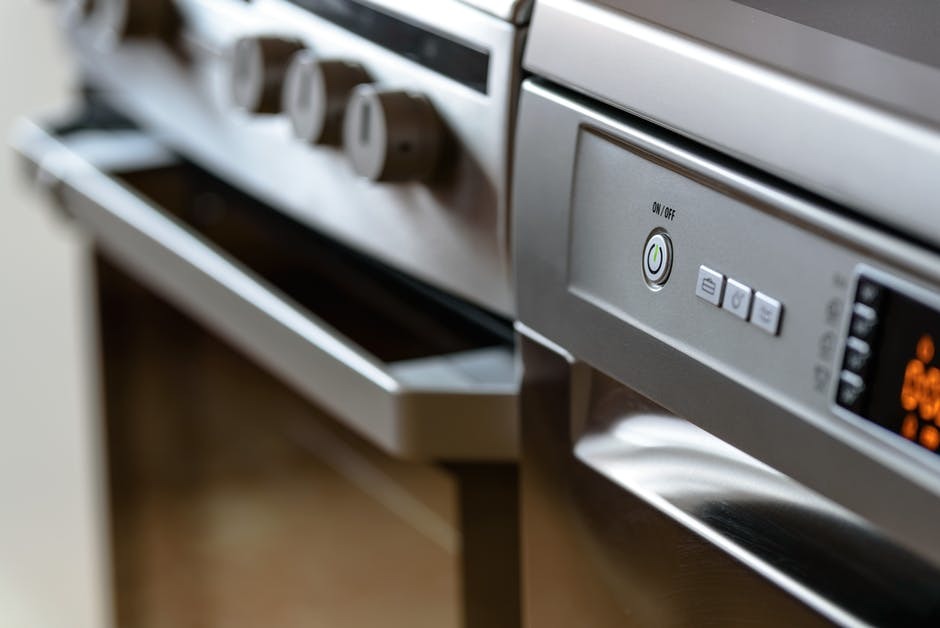
As one of the most popular 3D printing filaments, the PLA filament is loved by many for a great number of things as we have discussed here. It is a dream to print with for beginners due to its smooth flow, which reduces the risk of nozzle clogging and warping, as well as its sweet smell. It is also environmentally friendly, versatile, functional, and accurate. However, this filament also has its drawbacks. It is brittle and less rigid than its other counterparts due to its uneven heating and cooling caused by the microstructure of the plastic. There is a way around to that, and the secret is… PLA baking. Read below what it is and how to do it.
What is PLA baking?
PLA baking or annealing is a process of heating the 3D part under low heat, well below its melting temperature, for several hours. It works by creating larger crystals of plastic in the microstructure, which then improves its strength and stiffness. This change brings about reduced stress in its high-wear areas as it spreads the stress evenly throughout the part to lessen the likelihood of the fractures.
PLA Baking How-To Tips
In order for PLA baking to work, the 3D print has to be heated to a low temperature, higher than the glass transition point of the plastic but lower than the melting point. The sweet spot is between 110°Celsius. The temperature still depends on the filament and oven used, so you may have to go lower or higher to achieve the desired heat. With that, you may have to experiment to get the exact temperature.
It is ideal to use a convective oven since they allow even heating to produce superior results. However, if you don’t have it, an electric oven will do as well. Avoid gas-fired ovens as direct fire can melt your 3D print.
Method:
- Set the oven temperature to the abovementioned temperature.
- Put the 3D piece wooden board on a baking sheet.
- Let it bake in the oven for 60 minutes.
- Let it stay in the oven until it reaches room temperature as the print needs to be cooled gradually. This will take about an hour or so.
- Remove the objects and enjoy.
Results of PLA baking
As promised at the beginning of this article, you can expect your PLA part to be stronger by 40%, 25% stiffer, and higher heat resistance after baking. However, this improved structure also has its drawbacks. You will notice that your object will shrink in the X and Y axis by 5% and expand in the Z direction by 2%. Thus, you would have to adjust the dimensions prior to printing to accommodate these changes.
X3D’s Recommended PLA Filament for Baking and Annealing

Due to its improved heat resistance and mechanical properties, Volcano PLA is the best PLA filament for annealing. It is an industrial-grade PLA that displays the same qualities as ABS when baked. It has the same high impact and heat resistance and printing speeds, while retaining the standard PLA features such as its biodegradability and ease of printing.
PLA can be a force to be reckoned with when baked. If you want to try this method yourself, you can browse through our diverse range of high-quality PLA filaments. Got any questions about the filaments, this process, or anything 3D printing related? We got you! Call us on 08 6380 7488 to talk to our 3D printing experts.

